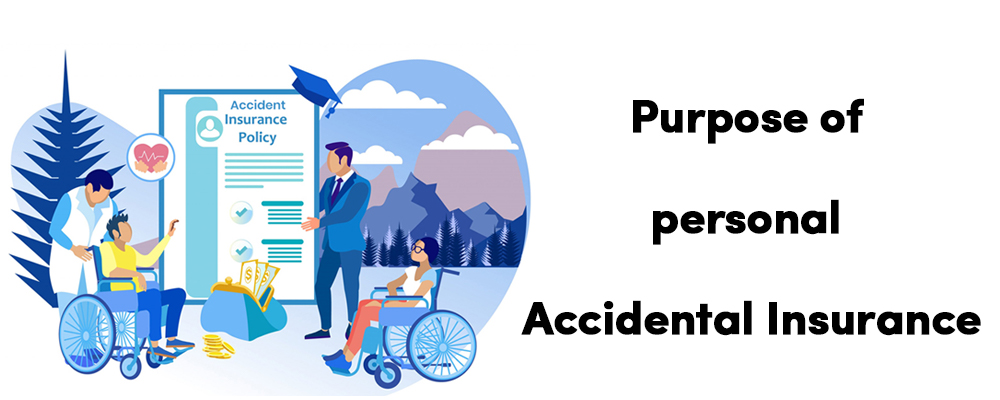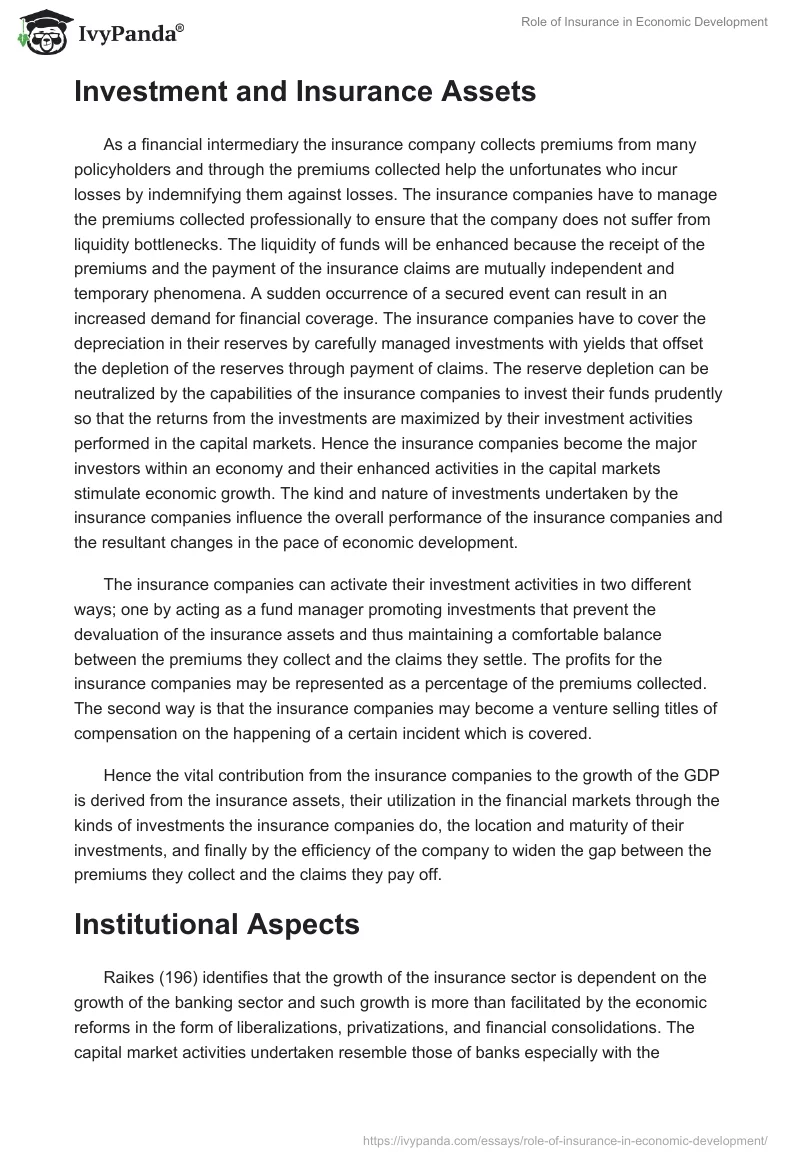6 Easy Facts About Pacific Prime Explained
6 Easy Facts About Pacific Prime Explained
Blog Article
What Does Pacific Prime Mean?
Table of ContentsThe 3-Minute Rule for Pacific PrimeThe Basic Principles Of Pacific Prime Pacific Prime Things To Know Before You Get ThisAbout Pacific PrimeMore About Pacific Prime

This is due to the fact that the data were accumulated for a duration of solid economic efficiency. Of the approximated 42 million people who were uninsured, just about concerning 420,000 (about 1 percent) were under 65 years old, the age at which most Americans come to be qualified for Medicare; 32 million were adults between ages 18 and 65, about 19 percent of all adults in this age group; and 10 million were youngsters under 18 years old, about 13.9 percent of all kids (Mills, 2000).
These price quotes of the number of persons uninsured are created from the annual March Supplement to the Present Population Survey (CPS), performed by the Demographics Bureau. Unless otherwise kept in mind, national quotes of individuals without medical insurance and percentages of the populace with various kinds of protection are based upon the CPS, one of the most widely utilized source of price quotes of insurance coverage and uninsurance rates.
Pacific Prime - The Facts

Still, the CPS is particularly helpful since it produces yearly price quotes fairly quickly, reporting the previous year's insurance protection approximates each September, and since it is the basis for a consistent set of estimates for greater than two decades, permitting for analysis of trends in coverage with time. For these factors, as well as the extensive use the CPS in various other research studies of insurance policy coverage that are presented in this record, we depend on CPS estimates, with restrictions kept in mind.

The price quote of the variety of without insurance people increases when a population's insurance standing is tracked for a number of years. Over a three-year duration beginning early in 1993, 72 million individuals, 29 percent of the united state populace, lacked protection for at the very least one month. Within a single year (1994 ), 53 million individuals experienced at least a month without protection (Bennefield, 1998a)
Six out of every ten without insurance grownups are themselves utilized. Although working does boost the chance that and one's household members will certainly have insurance policy, it is not an assurance. Also members of family members with two full-time breadwinner have practically a one-in-ten opportunity of being uninsured (9.1 percent uninsured price) (Hoffman and Pohl, 2000).
Pacific Prime for Beginners
New immigrants account for a significant proportion of people without health insurance coverage. One evaluation has connected a significant part of the current growth in the size of the united state without insurance populace to immigrants that showed up in the nation in between 1994 and 1998 (Camarota and Edwards, 2000). Current immigrants (those who pertained to the United States within the previous 4 years) do have a high price of being without insurance (46 percent), however they and their youngsters account for just 6 percent of those without insurance policy across the country (Holahan et al., 2001).
The relationship in between medical insurance and access to care is well established, as documented later on in this phase. The partnership in between health and wellness insurance and health outcomes is neither straight nor basic, an extensive medical and health solutions study literature links health insurance policy protection to enhanced access to care, much better top quality, and enhanced personal and populace health standing.
Degrees of analysis for checking out the effects of uninsurance. It focuses particularly on those without any type of health and wellness insurance for any kind of length of time.
Getting My Pacific Prime To Work
The problems dealt with by the underinsured are in some areas comparable to those encountered by the without insurance, although they are normally less extreme. Wellness insurance, nonetheless, is neither required neither enough to obtain access to medical services. The independent and direct impact of site wellness insurance policy coverage on accessibility to health and wellness solutions is well developed.
Others will certainly get the healthcare they need even without medical insurance, by spending for it out of pocket or seeking it from service providers who use care totally free or at extremely subsidized prices. For still others, wellness insurance alone does not guarantee receipt of treatment as a result of various other nonfinancial obstacles, such as a lack of health treatment providers in their neighborhood, restricted accessibility to transportation, illiteracy, or linguistic and social differences.
The smart Trick of Pacific Prime That Nobody is Talking About
Official research study concerning uninsured populaces in the United States dates to the late 1920s and early 1930s when the Board on the Expense of Healthcare created a collection of reports regarding financing medical professional workplace gos to and hospital stays. This concern ended up being significant as the numbers of clinically indigent climbed up during the Great Depression.
Report this page